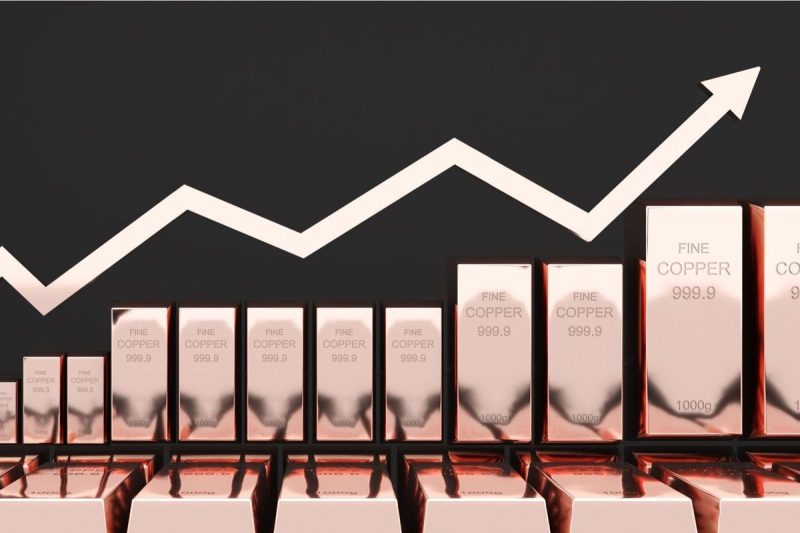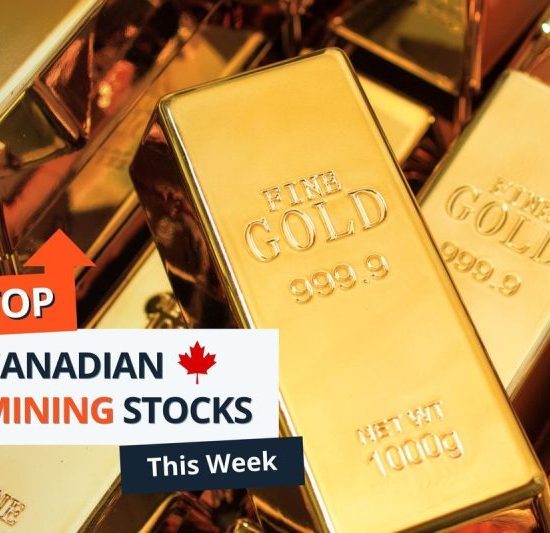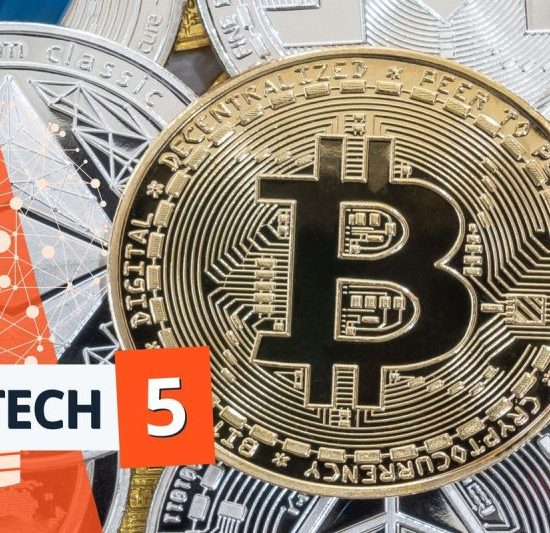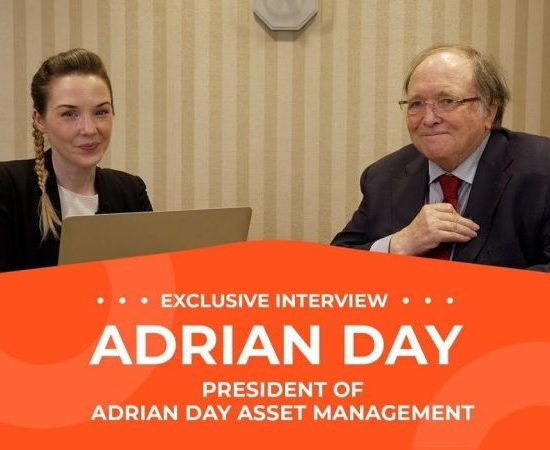Understanding the Copper Market
The first step to investing in copper is learning about the market. Copper is a red-colored metal prized for its high conductivity, making it a critical resource in electrical wiring, construction, and various appliances. This metal’s demand is closely tied to industrial production and construction activities worldwide. Therefore, understanding global economic trends is crucial to anticipate future copper demands.
Besides, copper reserves are finite, with the potentially largest reserves found in countries with political instability, contributing to price volatility. Therefore, monitoring geopolitical trends, especially in nations such as Chile, Peru, and China, is crucial. The top copper-producing companies, including Freeport-McMoRan, Glencore, and Codelco, are also important players to keep an eye on.
Types of Copper Investments
Having a firm understanding of the copper market, you can proceed to choose from various investment options. These options can be divided into four categories: physical copper, copper futures, copper mining stocks, and copper-focused exchange-traded funds (ETFs).
1. Physical Copper: This type of investment involves the direct purchase and storage of copper bullion bars and coins. However, ownership costs for storage, insurance, and transaction fees can be on the higher side.
2. Copper Futures: These are standardized contracts traded on commodity exchanges, including the London Metal Exchange or the COMEX division of the New York Mercantile Exchange (NYMEX). Futures contracts allow you to buy or sell a fixed amount of copper at a predetermined price for delivery on a set date.
3. Copper Mining Stocks: This investment involves buying shares of companies involved in copper mining. It’s critical to analyze these companies’ financial strength, operating costs, production levels, and geopolitical risk factors.
4. Copper ETFs: These instruments allow you to invest in a basket of copper mining stocks through a single transaction. ETFs offer the simplicity and diversity of a mutual fund and the real-time trading capacity of a stock. Copper ETFs like the Global X Copper Miners ETF (COPX) track the performance of companies engaged in the copper mining industry.
Evaluating and Managing the Risks
Investing in copper, like any commodity, involves certain risks, such as price volatility due to global economic trends, political instability in copper-rich countries, and changes in industrial demand driven by technology evolution or regulatory changes.
To mitigate these risks, investors should diversify their portfolios, balance their investments between physical copper, futures contracts, copper mining stocks, and copper ETFs, and regularly re-balance as market conditions change. Investors should also spread their investments over time, buying in incrementally to avoid making substantial investments at potentially unfavorable prices.
Monitoring and Optimizing Your Investment
Once you’ve invested in copper, it’s vital to monitor and manage your investment closely. Keep an eye on global economic activity, copper production levels, and changes in copper demand across industries. You can then buy or sell copper assets accordingly. Also, stay updated on financial news related to the copper industry, advancements in technology that could influence copper demand, and investment forums discussing copper trends.
The interests of investing in copper are multiple – including hedging against inflation, diversifying the investment portfolio, and profiting from growth in industries such as electric vehicles that require large amounts of copper. While it comes with its share of risks, careful study, diligent selection of investment vehicles, and attentive monitoring of market conditions can make copper a favorable addition to your investment portfolio.




